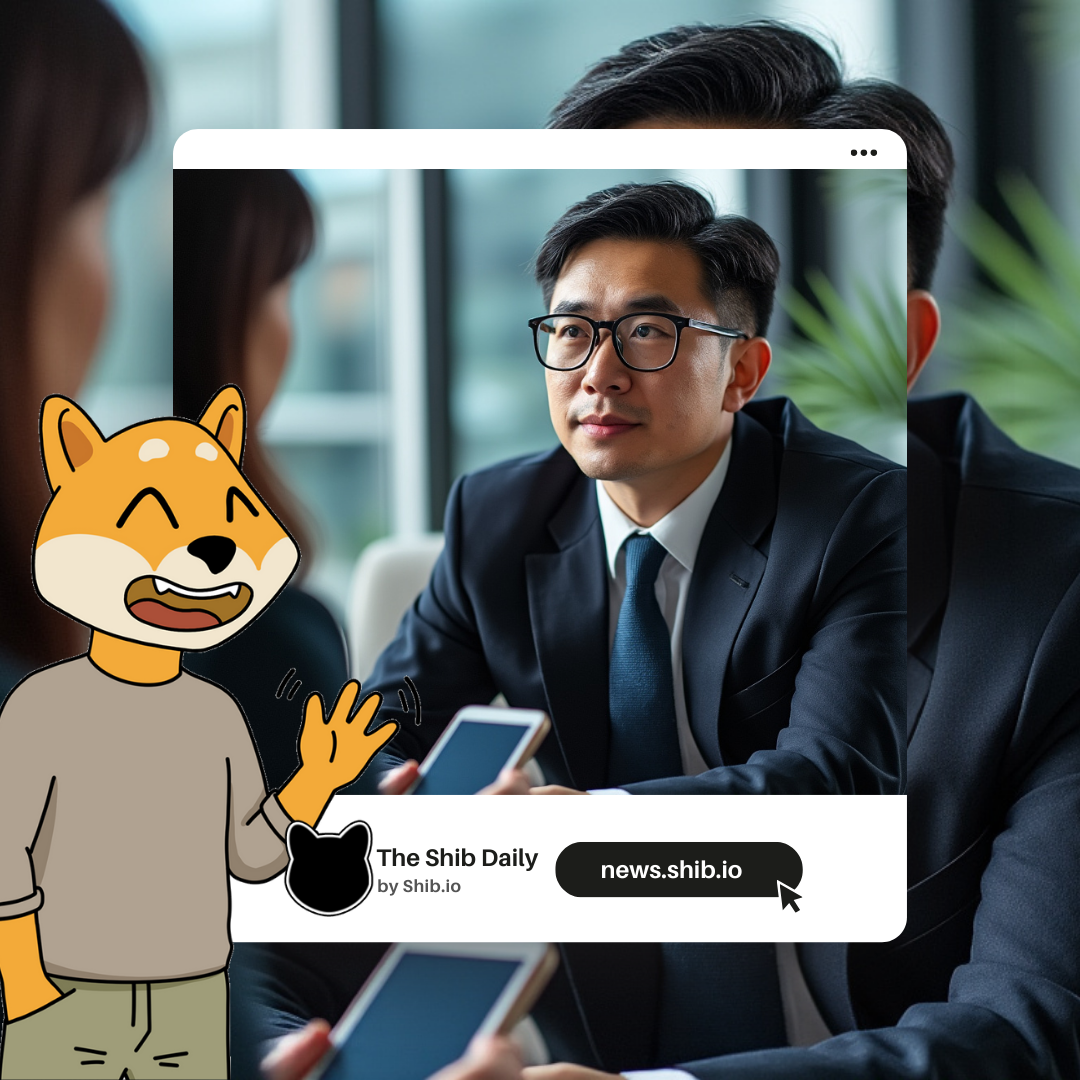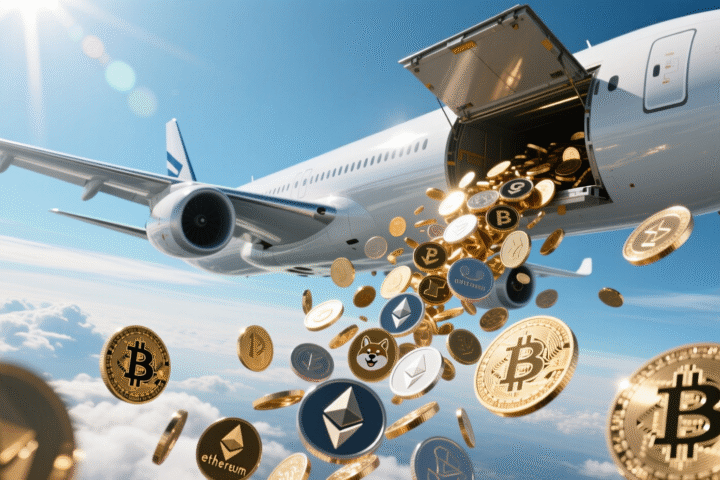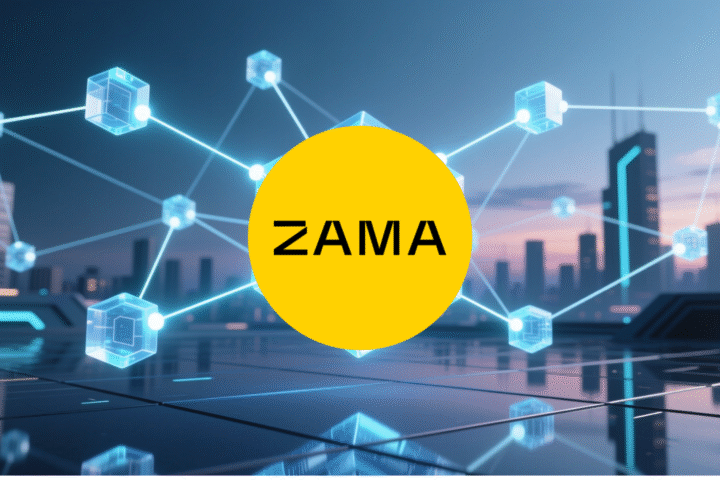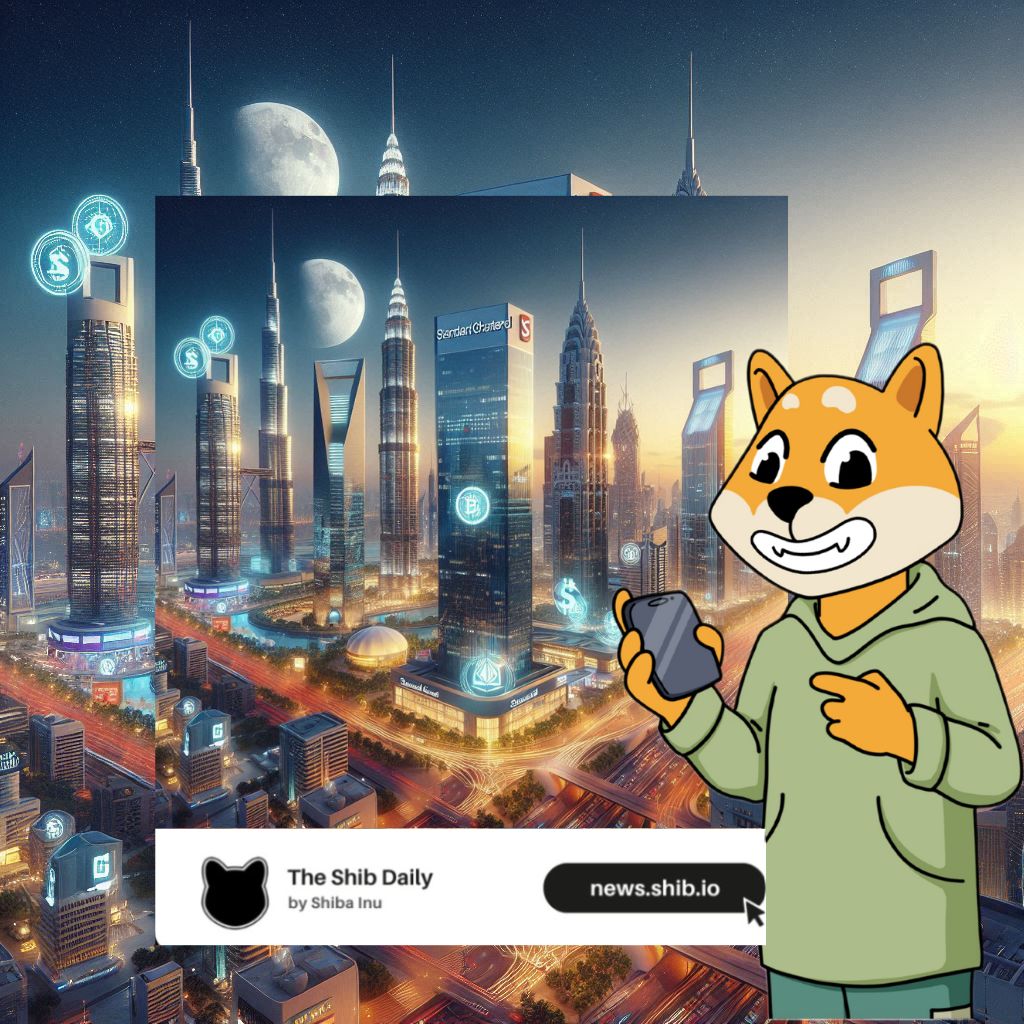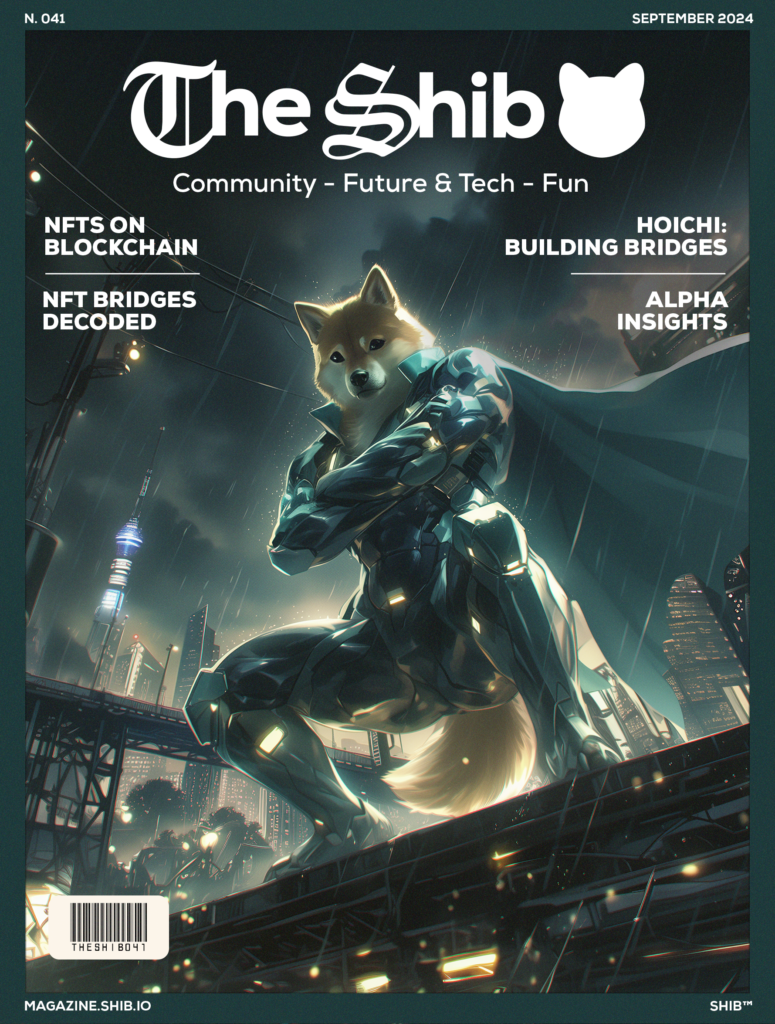Non-Fungible Tokens (NFTs) have exploded in popularity, extending their reach beyond digital art and collectibles into the realms of gaming, the metaverse, and decentralized finance (DeFi). Central to this expansion is the rise of NFT bridges – sophisticated protocols that act as digital conduits, connecting previously isolated blockchain networks and enabling the seamless transfer of NFTs across diverse ecosystems.
As the NFT market continues its meteoric rise, the role of these bridges in shaping the future of this burgeoning industry becomes increasingly critical. However, the path to this interoperable future is not without its challenges. Scalability limitations, security vulnerabilities, and the nascent regulatory landscape surrounding NFT bridges require careful consideration and innovative solutions.
To delve deeper into these complexities and explore the future of NFT bridges, The Shib sought the expertise of Anndy Lian, an internationally recognized blockchain expert and author.
Bridging the Gap: The Role of NFT Bridges in the Blockchain Ecosystem
The Shib: How can NFT bridges address the scalability challenges associated with high-volume transactions and network congestion, especially when dealing with large-scale NFT collections?
Lian: NFT bridges face a tough challenge when it comes to scalability, especially with the surge in NFT adoption. High transaction volumes and network congestion can lead to slow transaction speeds and exorbitant gas fees, hindering the smooth transfer of NFTs across different blockchains.
To tackle this, NFT bridges can leverage several strategies. One promising approach is integrating layer-2 scaling solutions like optimistic rollups and zk-rollups. By bundling multiple transactions off-chain and settling them on the mainnet in batches, these solutions can drastically reduce gas costs and increase transaction throughput.
Another approach is to optimize the bridge’s underlying architecture for efficiency. This could involve implementing state channels or sidechains to process transactions off the main blockchain, freeing up bandwidth for larger volumes.
Ultimately, a multi-faceted approach combining these technologies will be crucial for NFT bridges to handle the demands of a rapidly growing NFT ecosystem.

Navigating the Challenges: Addressing Scalability, Liquidity, and Security
The Shib: How will NFT bridges impact the liquidity and pricing of NFTs across different blockchain ecosystems? Could they potentially lead to price arbitrage opportunities or market manipulation?
Lian: NFT bridges have the potential to significantly impact NFT liquidity and pricing by connecting previously isolated marketplaces. This increased interoperability could lead to a more unified and efficient market, where NFTs are priced more consistently across different blockchains.
However, this interconnectedness also introduces the possibility of price arbitrage. Savvy traders could exploit price discrepancies between marketplaces on different chains, buying low on one and selling high on another. While this can enhance market efficiency, it also opens the door for potential market manipulation.
For instance, malicious actors could artificially inflate the price of an NFT on one chain to profit from selling it at an inflated price on another. Therefore, robust monitoring mechanisms and potentially even decentralized governance models will be crucial to mitigate the risks of market manipulation as NFT bridges become more prevalent.
Related: Terraform Co-Founder Do Kwon Sentenced to 15 Years Over $40B Collapse

The Shib: What are the emerging regulatory frameworks for NFT bridges, and how can they be harmonized to promote innovation while ensuring consumer protection?
Lian: There’s a big focus on preventing money laundering, which makes sense since NFT bridges deal with cross-blockchain transactions. We’ll likely see stricter “Know Your Customer” rules and anti-money laundering checks built into these platforms.
Consumer protection is another huge concern. Imagine your precious NFT getting lost or stuck during a transfer – that’s a nightmare! Regulations could require bridge operators to meet certain security standards and maybe even set up ways to handle disputes or offer refunds if something goes wrong.
Then there’s the whole debate about whether some NFTs should be treated like securities. This gets really complex, especially if a bridge starts issuing wrapped tokens or other financial instruments based on NFTs.
The challenge is to create rules that protect people without stifling innovation. It’s going to take a lot of collaboration between governments, industry experts, and even NFT enthusiasts to find the right balance. Clear guidelines that everyone understands will be key to unlocking the full potential of NFT bridges.
#Hookedfrens #HookedonEvent
— Hooked Protocol🪝 (@HookedProtocol) September 11, 2024
Looking back at #KBW2024—a hub of inspiration and innovation fueling Web3 mastery through advanced tech and Multi-Chain integrations! 🚀
Big thanks to our partners for joining us as Web3 trailblazers. Excited for what’s next!
Catch you all at… pic.twitter.com/J8PqWxlk58
The Shib: What are the potential security vulnerabilities associated with NFT bridges, and how can these risks be mitigated to protect users and their digital assets?
Lian: NFT bridges, while promising, can be a bit like walking across a tightrope with valuable treasures in hand – there’s always a risk involved. One major concern is the security of the bridge’s smart contracts. If there’s a vulnerability in the code, hackers could potentially exploit it to steal NFTs or manipulate transactions. It’s like leaving a backdoor open in your digital art gallery!
Another risk is what’s called a “rug pull,” where a bridge’s developers suddenly disappear with everyone’s funds. It’s like the bridge collapsing just as you reach the other side. To prevent this, it’s crucial to have transparent teams and thoroughly audited code.
Then there’s the challenge of ensuring the bridge itself is resistant to hacks and exploits. This requires robust security measures, like multi-signature wallets and decentralized governance, to prevent any single point of failure.
Related: Utility Tokens Explained: What They Are and How They Actually Work
To protect users, we need a multi-layered approach. Thorough code audits by reputable security firms are essential. Decentralized bridges, where control is distributed rather than centralized, can also reduce risk. And, of course, educating users about potential scams and best practices for securely managing their digital assets is crucial. It’s like wearing a safety harness while walking that tightrope – better to be safe than sorry!
#KBW2024! Went on the first day. Had popcorn from @BithumbOfficial as breakfast! Who else is in Seoul? pic.twitter.com/wUeGVVrff5
— Anndy Lian (@anndylian) September 3, 2024
The Future of NFT Bridges: Opportunities and Challenges
The Shib: How can NFT bridges facilitate the development of cross-chain gaming experiences and enhance interoperability between different gaming ecosystems?
Lian: NFT bridges can break down the walls between gaming ecosystems, allowing players to truly own and port their digital assets across different platforms. This opens up a whole new dimension of interoperability and cross-game experiences.
For example, imagine earning a unique NFT weapon in a fantasy RPG and then using that same weapon in a sci-fi shooter game, all thanks to NFT bridges. This interoperability could lead to a more interconnected and immersive gaming metaverse, where players have greater control over their digital identities and possessions.
Moreover, NFT bridges can facilitate the creation of cross-chain gaming economies. Players could potentially earn and trade NFTs across different games, fostering a more vibrant and interconnected gaming ecosystem. This could empower developers to create more engaging and rewarding experiences for players, blurring the lines between gaming platforms and fostering a more unified gaming metaverse.
The future of NFTs is poised for a dramatic expansion, propelled by the transformative potential of NFT bridges. These sophisticated protocols, akin to digital highways connecting previously isolated blockchain islands, promise to revolutionize the way we interact with and trade digital assets. By overcoming scalability hurdles, fostering seamless interoperability, and navigating the evolving regulatory landscape, NFT bridges are poised to unlock a wealth of opportunities for creators, collectors, and businesses alike. As the blockchain ecosystem continues its rapid evolution, NFT bridges will undoubtedly play a central role in shaping a more interconnected and vibrant digital world.
About The Expert
Anndy Lian is a distinguished business strategist and early blockchain adopter in Asia, known for his diverse roles as a serial entrepreneur, author, investor, board member, and keynote speaker. Currently serving as Chief Digital Advisor at the Mongolia Productivity Organization, Anndy is leading national digitization efforts. His previous roles include Chairman of BigONE Exchange and Advisory Board Member for Hyundai DAC. He has also contributed as a Blockchain Advisor to the Asian Productivity Organisation and participated in the Gyeongsangbuk-do Blockchain Special Committee in South Korea. Anndy has authored influential books such as “Blockchain Revolution 2030” and “NFT: From Zero to Hero,” and is a dedicated supporter of start-ups, investing in various ventures to advance blockchain technology and redefine traditional business models.

